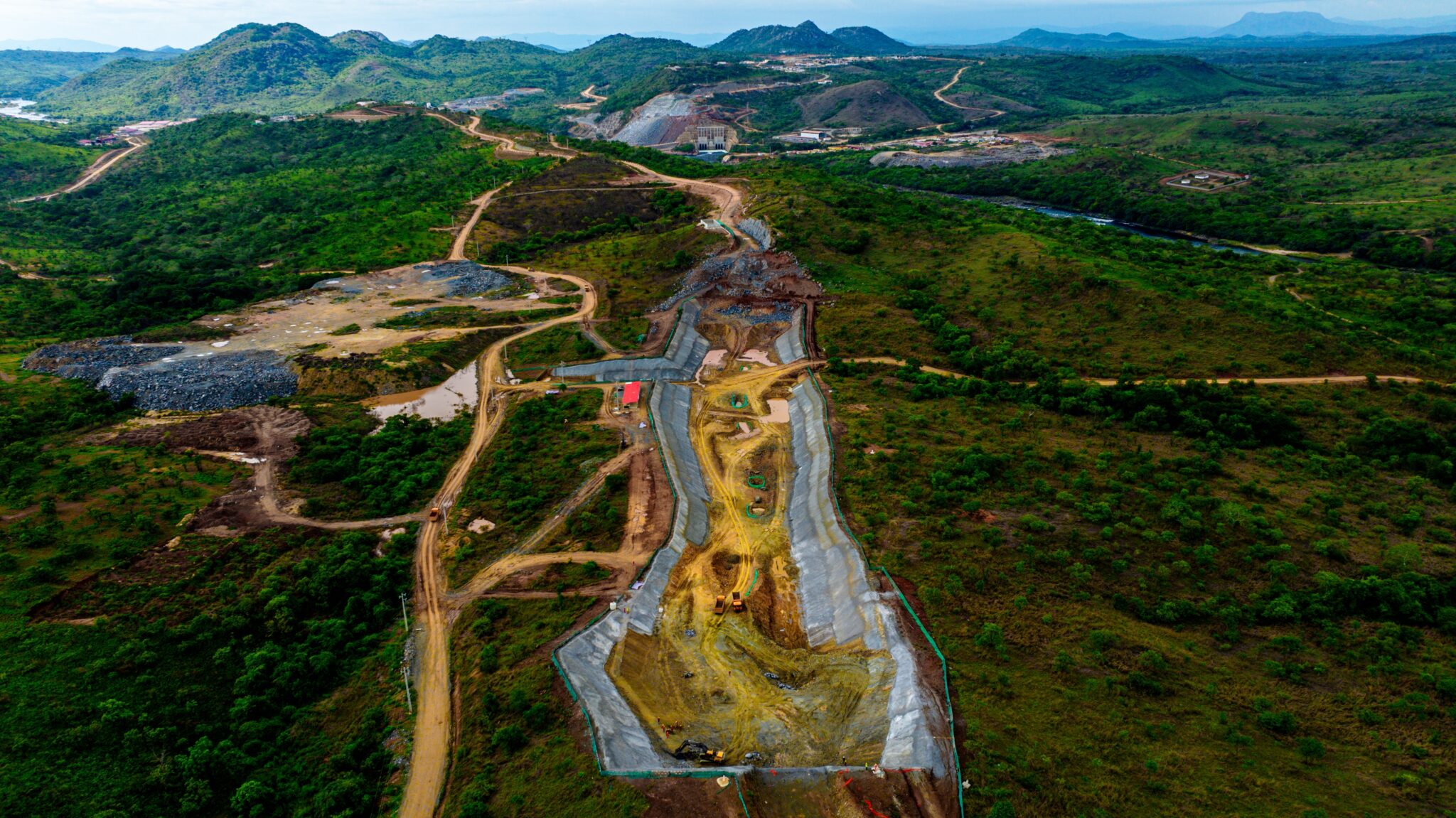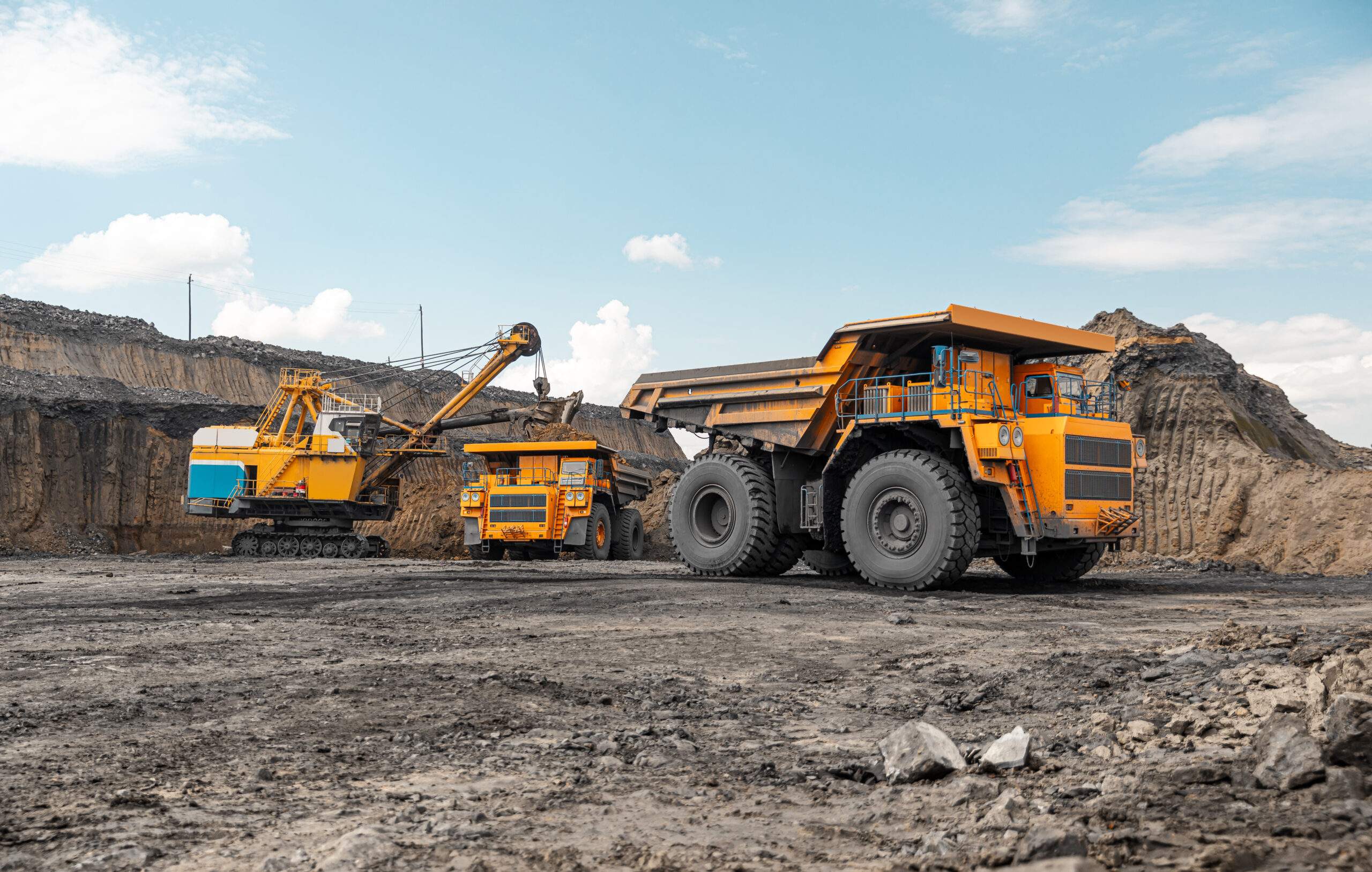Recognising water risk in mining due diligence
Water-related risks can easily be underestimated in a due diligence study of a mining operation, with pollution and flooding being among the many aspects that prospective investors or lenders need to consider.
“In most mining transactions, the issue of water generally presents a significant risk to investors,” said Peter Shepherd, partner and principal hydrologist at SRK Consulting South Africa (SA). “This extends well beyond ensuring that the operation has sufficient supply of water to meet its production targets; other key factors include the mine’s ability to minimise pollution and discharge water, if necessary, with a water quality in line with both legislation and global standards.”
A mine’s water supply – abstracted from surface or groundwater resources – needs to be assessed in terms of its sustainability over time and in relation to production requirements, said Shepherd. Further, the operation needs to understand how its water consumption is likely to affect other users within the catchment.
“This plays into the environmental, social and governance (ESG) obligations of the mine, as the security of water supply needs to consider the bio-physical and social impacts of the operation’s water usage,” he said. “A due diligence study, which includes examining the mining company’s strategy for managing its water balance, needs to confirm that its systems and plans are adequate – and that there has been effective engagement with other stakeholders where necessary.”
Compliance
Legal compliance is another key factor in passing due diligence, according to Ismail Mahomed, principal hydrogeologist at SRK Consulting SA, as the use of water resources globally is regulated by national laws and regulations.
“Incidents of non-compliance can carry various risks –such as the risk of financially onerous penalties, reputational risk for the company’s brand, and the risk of regulators stepping in to stop operations,” said Mahomed.
The way that mines use water in their processing plants – as well as how they control run-off on the mining site – raises the issue of water quality, he continued. Water can only be discharged from the site if it meets certain quality parameters, and the systems must be in place to achieve this.
Contamination
“For instance, large volumes of water are required to transport tailings in a slurry, to be deposited on storage facilities after mineral extraction,” he explained. “Tailings have significant potential for contamination, especially with regard to groundwater.”
He noted that if a mine is to change hands, the new owner would want to have a high level of certainty that there were minimal signs of groundwater contamination – as this would be a difficult and costly exercise to remedy and may take many years of continuous investment. Indeed, the legal responsibility for such pollution could remain with the owner even after the mine had ceased production – but these types of negotiation would need to be undertaken once severe contamination is identified or the risk is observed.
Shepherd pointed out that, even if the mine is not currently contributing to water contamination, there is a residual risk arising from historical pollution.
“There may have been an unchecked discharge of dirty water over many years, which has polluted soil and groundwater downstream of where discharge occurs,” he said. “Contaminated sediments in a water storage dam may be degrading the environment and posing a risk to water quality, so these need to be identified during a due diligence.”
Impacting value
These material findings could impact the assets’ value and could lead to contractual changes to adjust how liabilities and costs are apportioned. He also pointed to the safety risk of tailings dams, which also related directly to the mine’s water management strategies.
“In the due diligence process, we look at the water-related aspects of tailings dam safety,” he said. “The top of the dam, for example, needs to be large enough to contain rainfall events without over-topping for a very low probability (less than 1:100 years, in some cases). Where this is in question, the level of risk would need to be identified, and the new investors would need comfort that mitigation measures could be implemented – as well as the capital commitment required.”
Dewatering
Another important aspect to consider is dewatering, said Mahomed, as ingress from groundwater and surface run-off into the mine workings poses a risk to operational continuity. A due diligence study must assist investors in assessing whether a mine can cope with the level of dewatering required.
“Water pumping capability would need to be investigated in terms of the availability of correctly specified pumping equipment, pipeline infrastructure and redundant units,” he said. “Other factors to consider would include standby power for the pumps, and the potential variability of weather patterns in the context of climate change.”
What arises from the due diligence process is essentially a gap analysis that highlights opportunities, he explained – not just for addressing risk, but for improving the operability of the mine.
“This is one of the valuable upsides of conducting a due diligence study, as it could allow a company to improve the safety, environmental impact and even the profitability of the operation,” said Mahomed. “As an example, water professionals work closely with geotechnical engineers on studies into slope stability in open pits – highlighting the value of hydrological and hydrogeological insights.”
Words: 879
Share this content:














